You will need:
- 1 soda bottle
- Water
- 1 funnel
- 1 balloon
- Blu Tack
- 1 straw with a bend in it
- 1 tray to catch excess water
- Optional blue food colouring
- A boxcutter (with adult help)
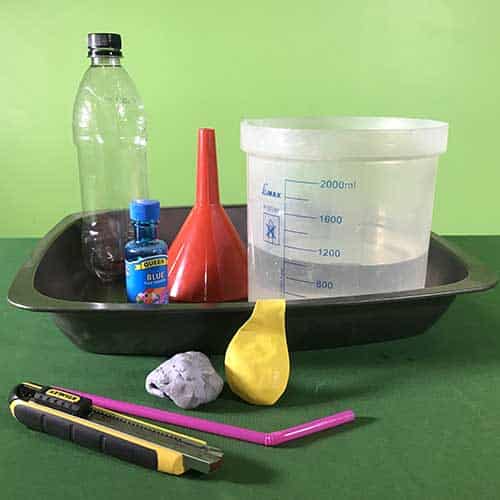
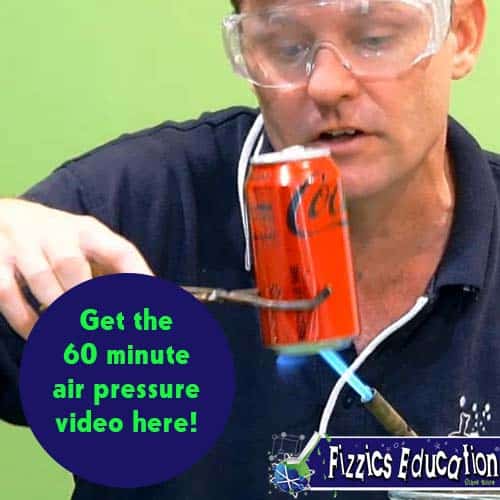
Get the Unit of Work on Pressure here!
- Want to dive into air pressure?
- It’s all about air pressure in many ways!
From how storms form to how planes fly, this unit covers many concepts about air pressure.
Includes cross-curricular teaching ideas, student quizzes, a sample marking rubric, scope & sequences & more
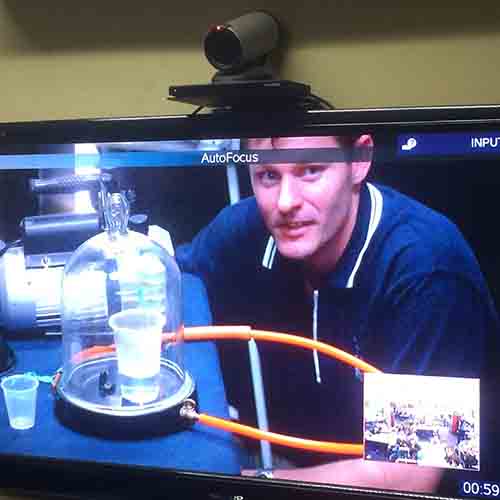
School science visits since 2004!
– Curriculum-linked & award-winning incursions.
– Over 40 primary & high school programs to choose from.
– Designed by experienced educators.
– Over 2 million students reached.
– Face to face incursions & online programs available.
– Early learning centre visits too!
Why Does This Happen?
It’s all about air pressure! When the bottle was open, the air pressure pushing down the neck of the bottle and the straw opening was the same. This is why water was able to be at the same height inside the straw as well as the bottle, even when you filled past the opening. By adding an inflated balloon and releasing it, you created a pressure difference between the neck of the bottle and the straw opening. As there was a higher air pressure within the bottle than within the straw, the water got pushed out as stream.
Variables to test
- What happens when you turn the straw upside down? Try this when the water level is above the straw opening height.
- Would the stream of water be a different length with a larger or smaller balloon?
- What would happen if this was done on a mountain top vs sea level?
- Try adding a curly shaped straw to your experiment.
- What would happen if you have two or three straws attached?
- Teaching about air pressure? Check out the Flight or Weather show!
- Teaching about Newton’s laws? Check out the Forces, Friction & Movement workshop!
Get in touch with FizzicsEd to find out how we can work with your class.
Learn more about air pressure!
Get the 60-minute video + PDFs + curriculum links for your class here!
Working with Water
Years K to 2
Maximum 30 students
School workshop (NSW & VIC)
60 or 90 minutes
Online Class Available
STEM Full Day Accelerator - Primary
Designed from real classroom experiences, this modular day helps you create consistently effective science learning that directly address the new curriculum with easily accessible and cost-effective materials.
Budding Scientist Party
Designed for younger kids
Hands on science experiments
Slime making
Professional science show
From $395 inc. GST
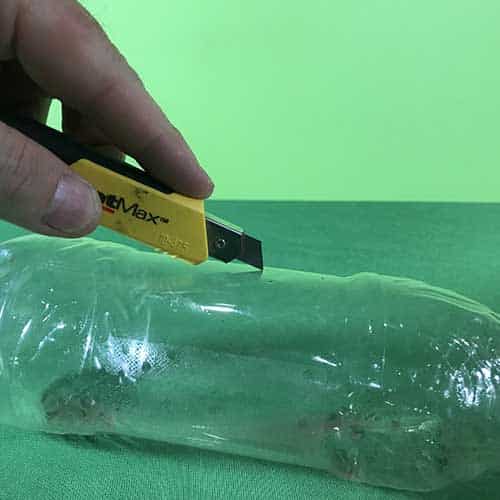
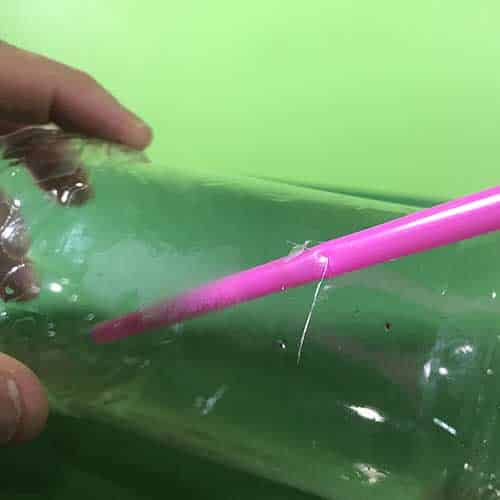
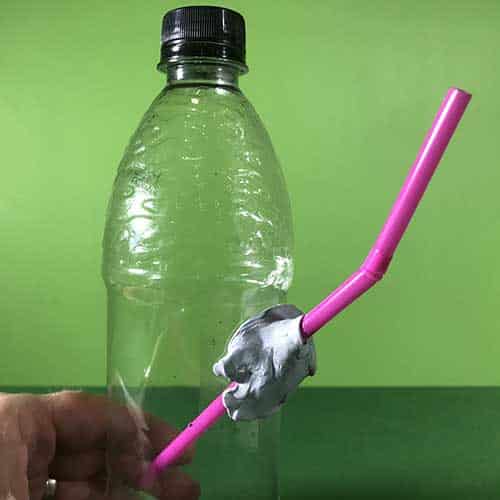
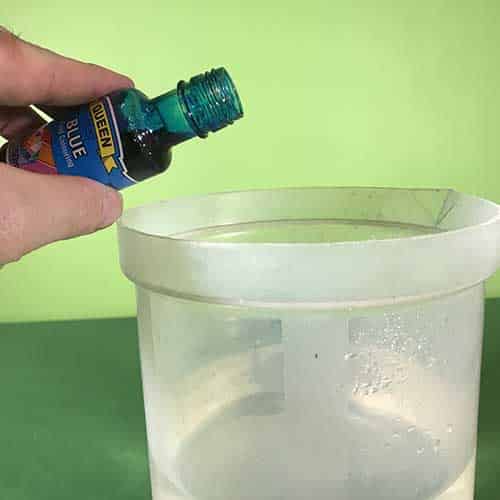

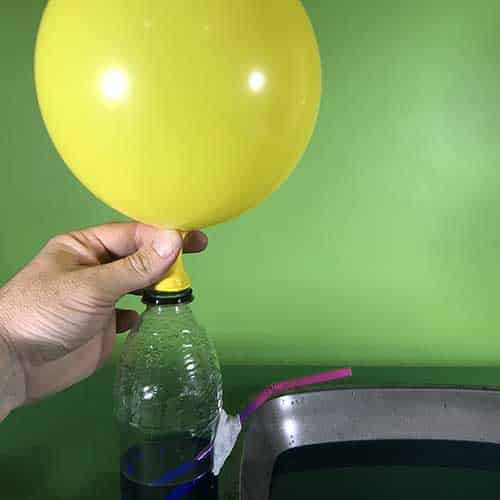
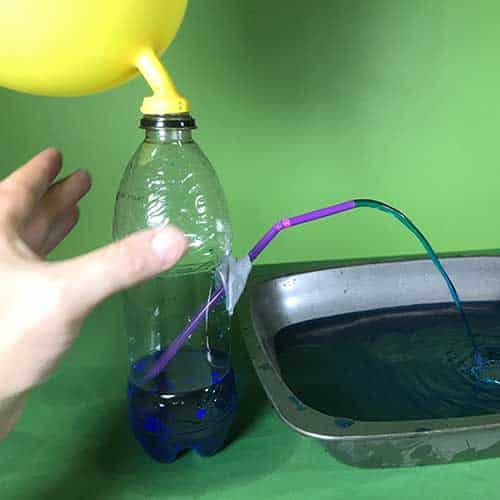
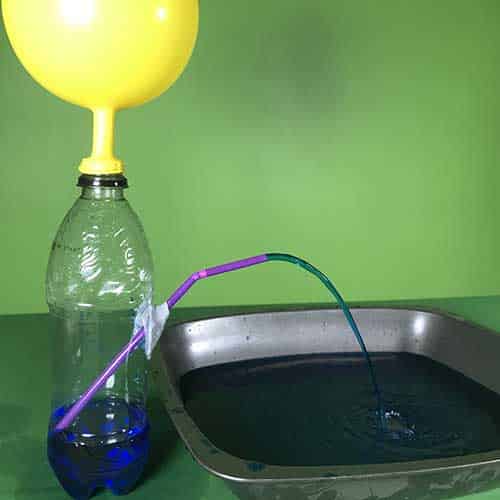


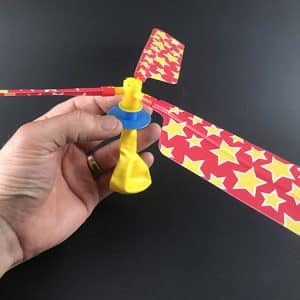























answer of this ques ?
Try adding a curly shaped straw to your experiment.
Nice!